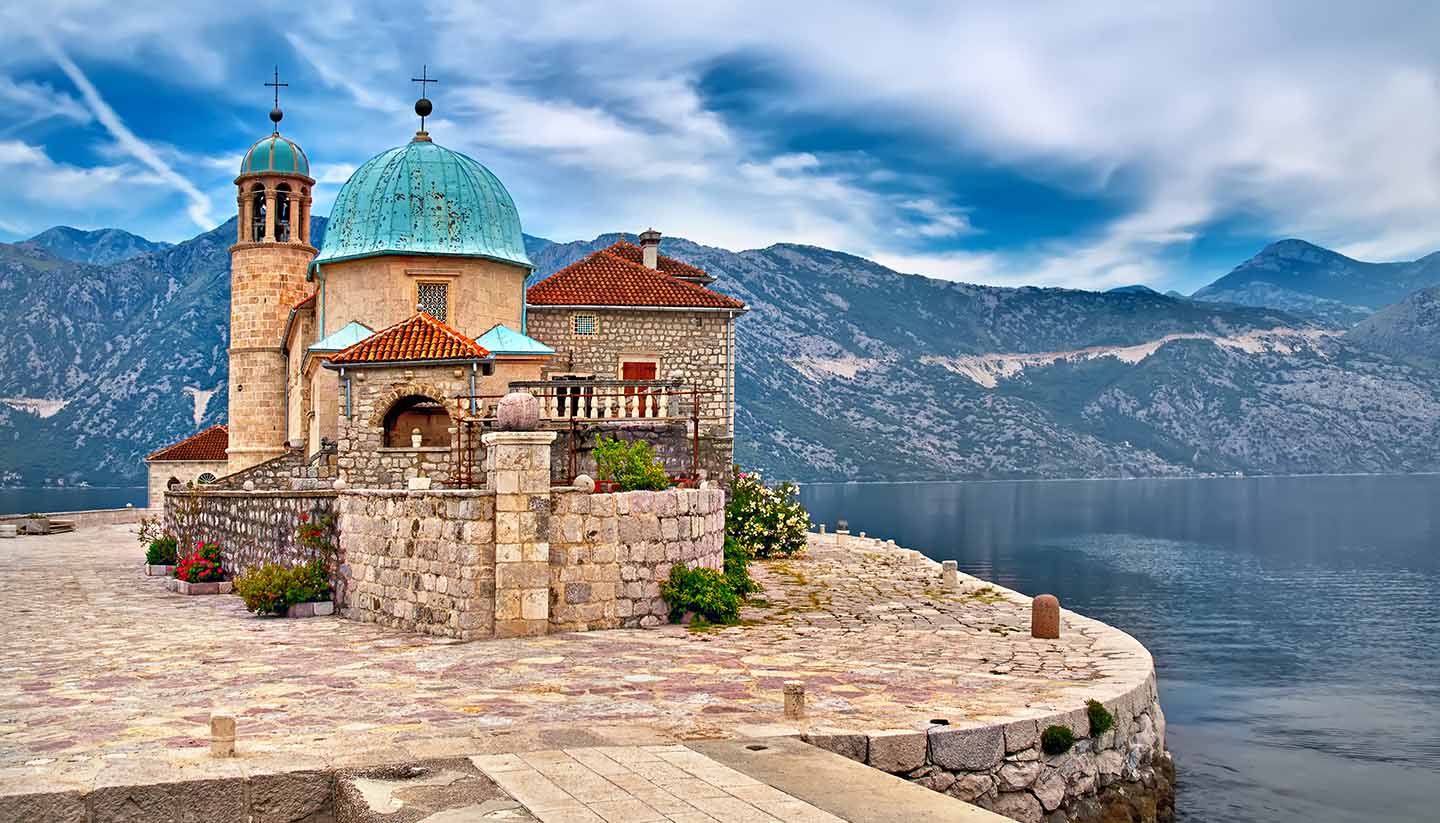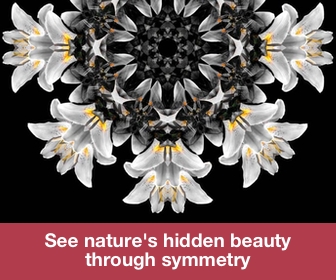Montenegro History, Language and Culture
History of Montenegro
Montenegro's history is a rich tapestry woven with tales of resilience and independence. Its name, meaning "Black Mountain," was first recorded in the 15th century, but the region's story stretches back to ancient times when it was inhabited by Illyrian tribes. The area later became part of the Roman Empire, followed by Byzantine and Slavic rule.
During the medieval period, Montenegro emerged as the principality of Zeta, gradually gaining autonomy from the Byzantine Empire. By the late 15th century, as much of the Balkans fell under Ottoman rule, Montenegro maintained a unique status, governed by prince-bishops (vladikas) who led both the church and state, preserving its independence through a mix of diplomacy and fierce resistance.
In 1878, the Berlin Congress formally recognised Montenegro as an independent nation, one of the few Balkan states to avoid Ottoman occupation. Following World War I, Montenegro was controversially absorbed into the Kingdom of Serbs, Croats, and Slovenes, later becoming part of socialist Yugoslavia after World War II.
Montenegro remained in a federation with Serbia until 2006, when it held a historic referendum, peacefully re-establishing its status as an independent nation. In 2017, Montenegro joined NATO, and it continues to progress toward European Union membership. Throughout its history, Montenegro has balanced its mountainous traditions with an openness to the world, creating a unique cultural and historical identity.
Did you know?
• Montenegro uses the Euro (€) as its official currency, despite not being a member of the Eurozone or the European Union. It has no formal agreement with the European Central Bank and does not mint its own Euro coins or print banknotes.
• Brad Pitt's first leading role was in the 1988 film "The Dark Side of the Sun", which was filmed in Montenegro, particularly around Kotor and Ulcinj. The film's release was delayed until 1997 due to the Yugoslav Wars.
• Near the coastal town of Bar, Montenegro is home to one of the oldest olive trees in the world. The Stara Maslina (Old Olive Tree) is estimated to be over 2,000 years old and still produces olives today.
Montenegro Culture
Religion in Montenegro
Eastern Orthodox (71.1%), Muslim (20%), Roman Catholic (3.3%), Atheist (2.3%), Others (3.4%).
Social Conventions in Montenegro
Montenegrins are known for their warm hospitality, and guests are generally treated with kindness and generosity. It is common for visitors to be offered coffee, rakija (a strong fruit brandy), or a small snack when entering a Montenegrin home. Refusing these offerings can be considered impolite, so it is best to accept them graciously, even if only in small amounts.
Greetings are typically friendly but reserved, with a simple handshake or a kiss on both cheeks among friends and family. When entering a shop, café, or public place, it is polite to greet with Dobar dan (Good day).
Dress codes are generally casual, but modest clothing is expected when visiting religious sites, such as monasteries and churches. It is customary to cover your shoulders and knees and sometimes to remove your shoes when entering private homes.
When it comes to public behaviour, Montenegrins value personal space and prefer a respectful distance during conversations. Public displays of affection are generally accepted, but more reserved behaviour is appreciated in rural areas.
Tipping in restaurants, cafés, and for services is appreciated, with 10% being the standard for good service. When shopping at markets, haggling is not a common practice, but friendly negotiation is acceptable in local settings.
Language in Montenegro
The official language of Montenegro is Montenegrin, which uses both the Latin and Cyrillic alphabets, although the Latin script is more commonly used in everyday life. Montenegrin is closely related to Serbian, Bosnian, and Croatian, with only minor differences in vocabulary and pronunciation.
English is widely spoken in tourist areas and larger cities such as Podgorica, Kotor, and Budva.
Phrases
Hello: Zdravo (ZDRAH-voh)
Good morning: Dobro jutro (DOH-broh YOO-troh)
Good day: Dobar dan (DOH-bar dahn)
Good evening: Dobro veče (DOH-broh VEH-cheh)
Goodbye: Doviđenja (DOH-vee-JEH-nyah)
Please: Molim (MOH-leem)
Thank you: Hvala (HVAH-lah)
Yes / No: Da (dah) / Ne (neh)
Excuse me / Sorry: Izvinite (EEZ-vee-nee-teh)
Where is…? Gdje je…? (GDYE yeh…?)
How much does it cost? Koliko košta? (KOH-lee-koh KOH-shtah?)


